The history of sexual freedom and emancipation of women from the 30s to the present day
Categories: Society
By Pictolic https://pictolic.com/article/the-history-of-sexual-freedom-and-emancipation-of-women-from-the-30s-to-the-present-day.htmlWhen Our Bodies, Ourselves first hit the bookshelves in 1973, it became an instant bestseller. The book was a kind of revelation for women (and for men, too). It contained chapters on sex, contraception, the structure of the clitoris, and even masturbation. It was the first time women had spoken so openly about sex.
For many, this experience was incredibly valuable. "Mind-blowing," Andy Seisler, the editorial director of Bitch magazine, described the book. "This book is life-changing," said Rebecca Raleigh, a Chicago-based photographer. In total, it sold more than four million copies, and yet this bestseller was just one of many milestones in the long battle for women's sexual liberation. Soon the book will celebrate its 45th anniversary, and we can remember the events that occurred before the book was published and after its publication.
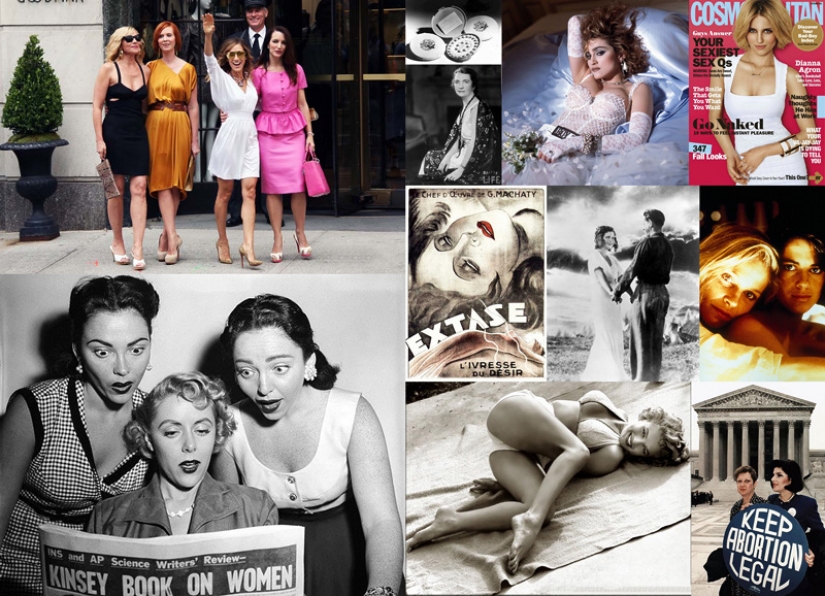
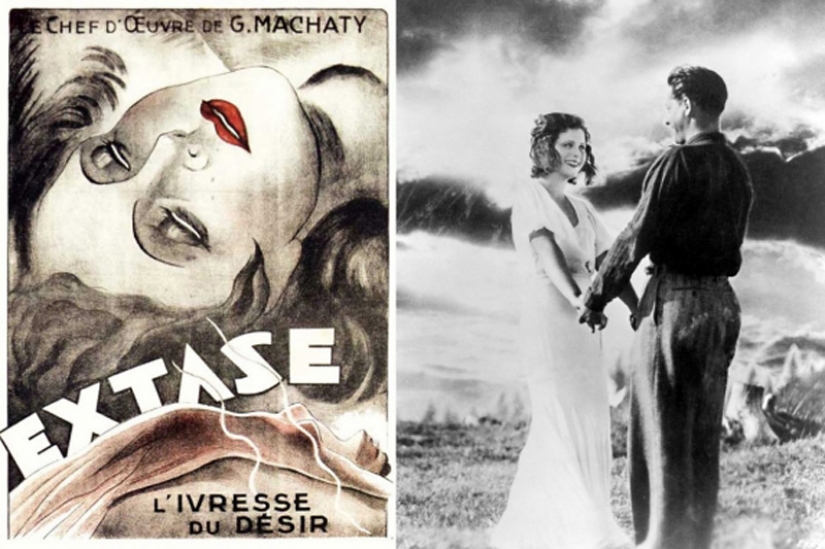
One day, the head of Hollywood censorship, Will Hayes, received a note saying that the Czech film "Ecstasy" (1933), which was released on the screens, was dangerous and very indecent. There was a nude scene in the water, which caused a lot of controversy. It also became the first non-pornographic film to show a female orgasm (although only the actress ' face was visible in the frame). The film was banned from showing in many US cinemas.
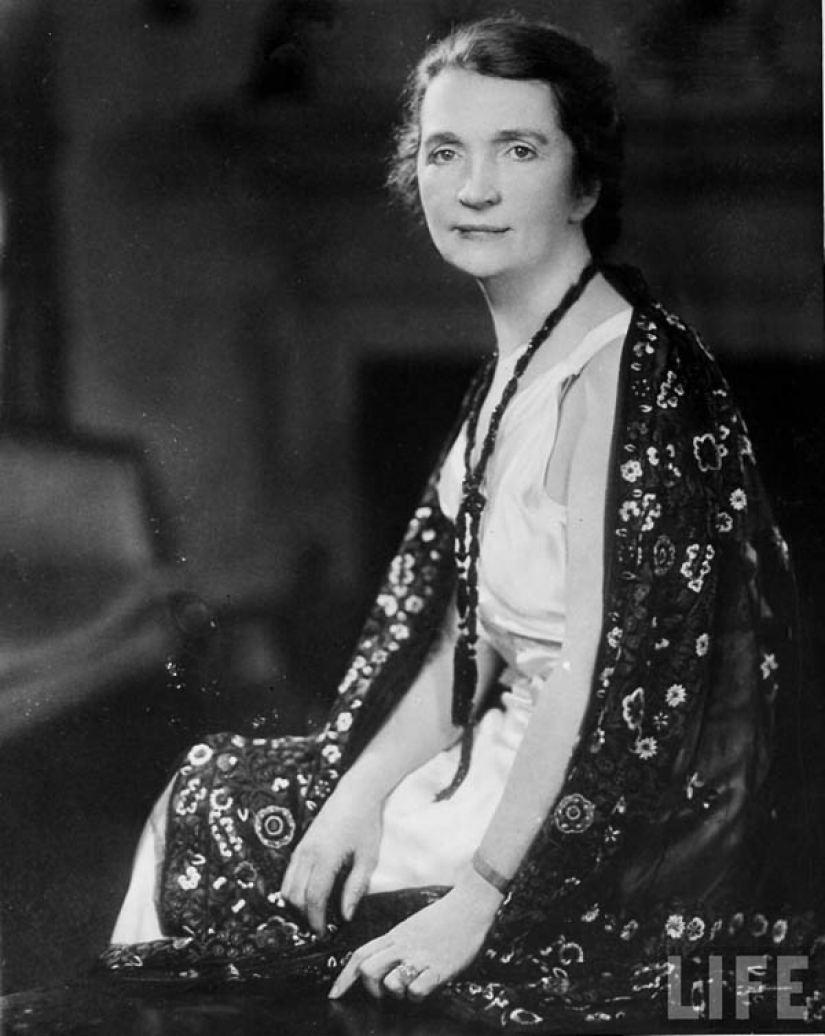
In an era when women couldn't vote, have bank accounts, or divorce their husbands, Margaret Sanger, a New York City nurse, opened the first birth control clinic in U.S. history. In 1921, she founded the American Birth Control League, later renamed Planned Parenthood. Margaret was an active advocate for providing women with the necessary information about contraception.
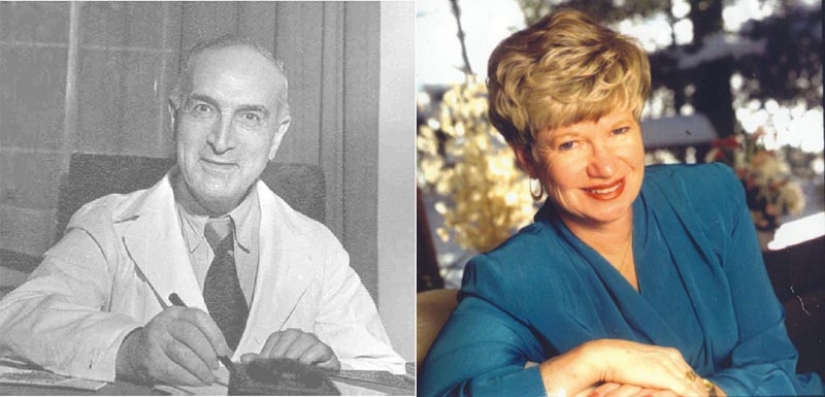
The G-spot was discovered by German gynecologist Ernst Grafenberg (left). In the 1940s, he first identified the so-called erogenous zone (which was initially called the Grafenberg point). The term "G-Spot" did not enter the popular lexicon until the 1980s, when researcher Beverly Uipple of Rutgers University (right) published the book The G‑Spot and Other Discoveries about Human Sexuality. A bestseller, the book has been translated into 19 languages.
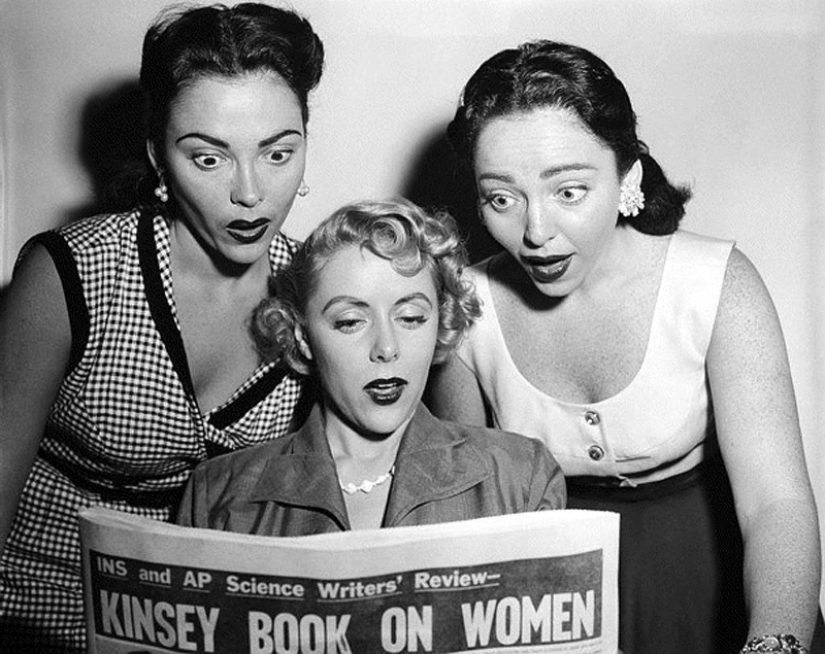
Dr. Alfred Kinsey was a well-known biologist in the first half of the 20th century, but not because he was engaged in a comprehensive study of wasps. Starting in the 1930s, Kinsey began to conduct the first scientific research in the field of human sexuality. Over two decades, he studied 18,000 people. His detailed questionnaires, published as "Kinsey Reports" (eng. The Kinsey Reports), were released in 1948 and 1953. In them, he raised previously unaddressed topics of homosexuality and prostitution. In his second book, Sexual Behavior in the Human Female, he argued, among other things, that women who had premarital sex were more likely to marry happily.
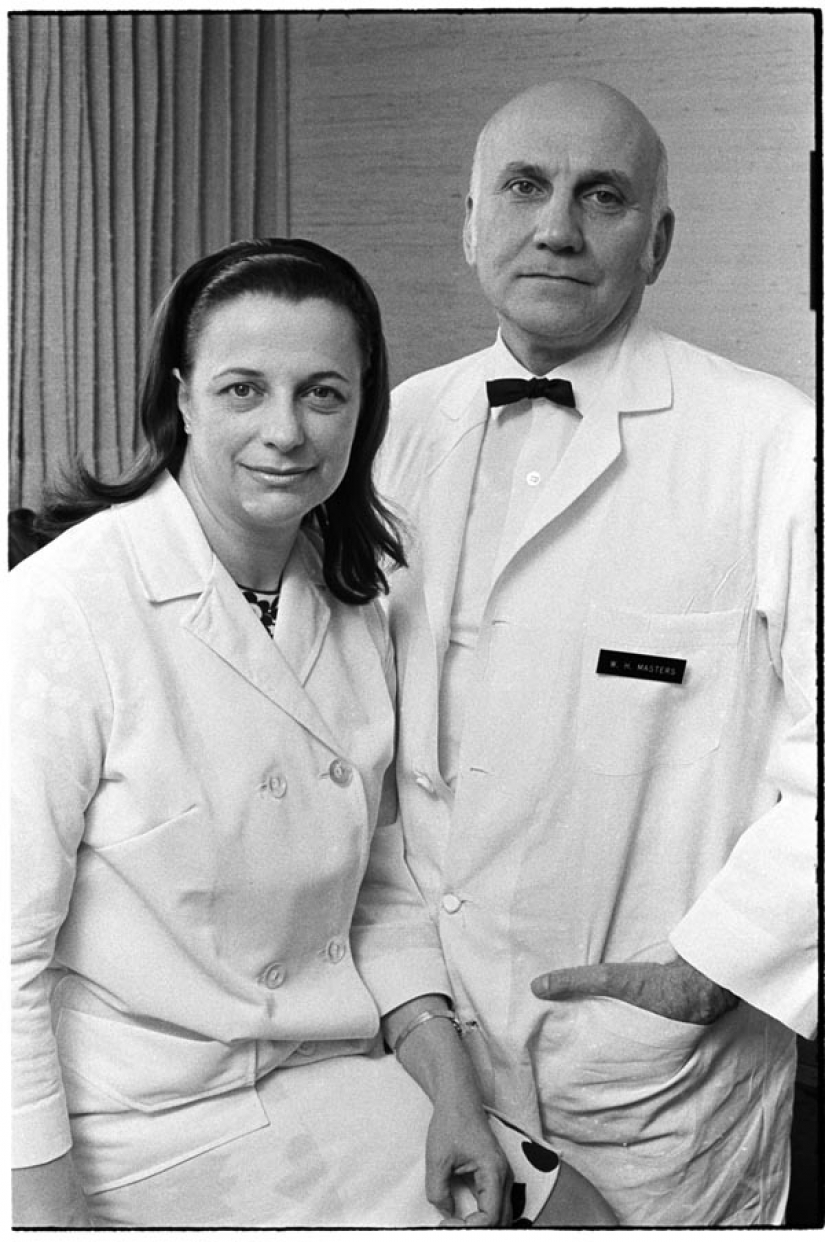
In the 1950s, William Masters and Virginia Johnson recruited hundreds of volunteers to perform various sexual acts in the laboratory to better investigate the body's sexual responses. For more than 30 years, Masters, a professor of gynecology at the University of Washington, and his assistant and later wife, Johnson, worked closely with hundreds of volunteers between the ages of 18 and 89. They wanted people to expand their knowledge of human sexuality. As a couple, they have expanded the scope of what is called "normal" behavior, allowing women to experiment more freely with their sexuality.
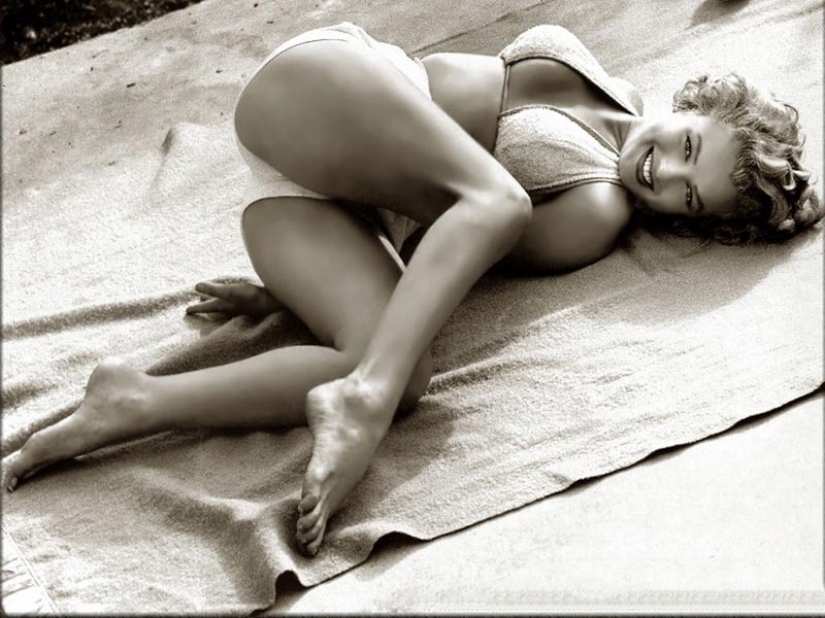
Before models wearing separate swimsuits appeared on the covers of Playboy and Sports Illustrated magazines, the bikini was considered a very dubious piece of clothing. In 1946, two competing French designers competed to create the world's smallest swimsuit. One of them, Louis Reard, named his swimsuit after the Bikini Atoll, part of a group of islands in the Pacific Ocean where the Americans conducted nuclear tests. His new bathing suit (pictured is Marilyn Monroe advertising a swimsuit in the 1950s) was considered so scandalous that Reard had to hire a stripper for his first demonstration. And although this happened a decade before the sexual revolution of the 1960s, the bikini became a kind of symbol of women's freedom.

The first development of pills related to birth control was submitted for approval by the FDA-Food and Drug Administration (Food and Drug Administration) in 1957. The pills were intended to treat menstrual disorders or infertility. In 1960, the manufacturer submitted an oral contraceptive to the FDA for approval, but this time to prevent pregnancy. By 1964, the pill had become the most popular form of birth control in the United States.

Cosmopolitan magazine was first published in the United States in 1886 and is billed as a "first-class magazine for family reading". The Cosmopolitan of the 1960s differed from its predecessor in that it published articles on sex and women's health. It also published an article on birth control for the first time. Cosmopolitan remains the most popular women's magazine in the United States.
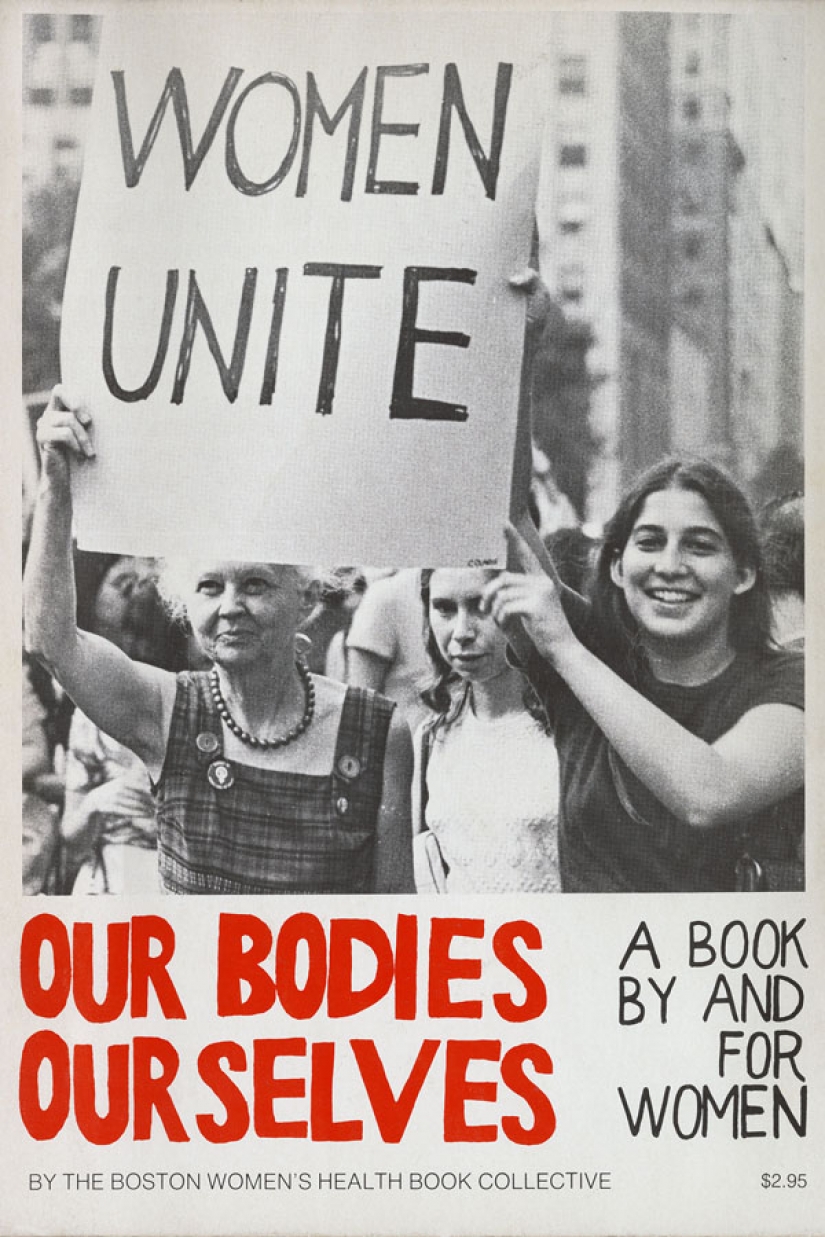
Published in 1971 as a 138-page booklet, Our Bodies, Ourselves was then published by Simon & Schuster and sold over four million copies. The book covered everything from sex and birth control to childbirth and orgasm. It was the first manual written by women for women. The book will celebrate its 40th anniversary this year with a new edition.
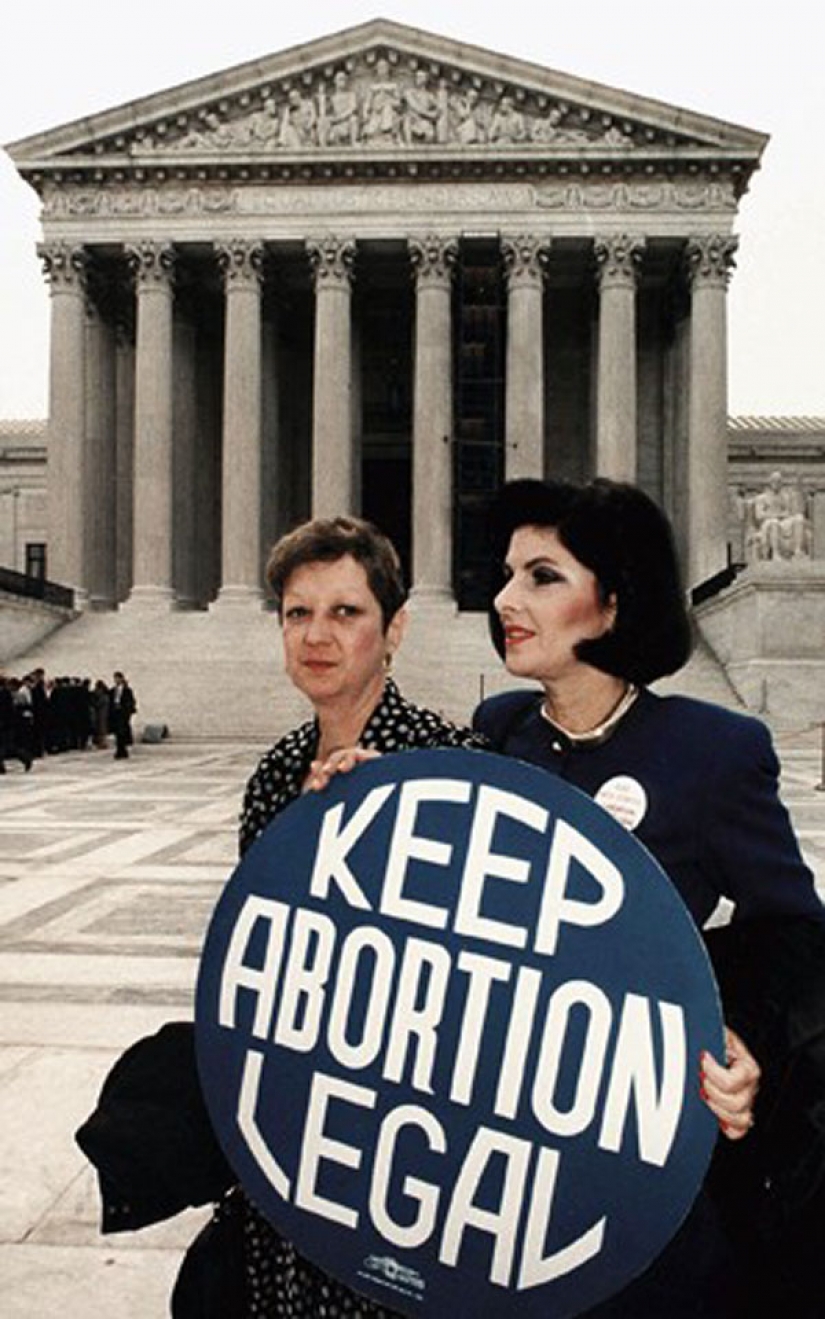
In 1973, a turning point in history was the Supreme Court's decision to legalize abortion. Now it is easier and safer for women to terminate a pregnancy. 22-year-old Norma McCorvey, a single mother, pregnant for the third time, took the pseudonym Jane Rowe. The court ruled in her favor, overturning state laws prohibiting abortion. This was a great victory for the lawyers of the woman who made such a choice.
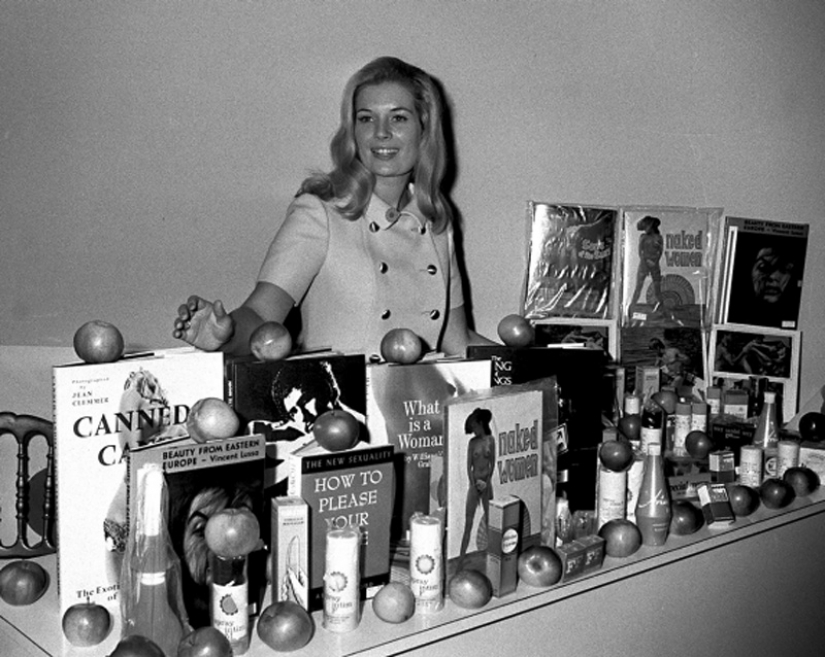
This sex shop in London, named Ann Summers, was one of the first women-oriented stores of its kind in the UK. But four years later, in 1974, Del Williams, a right-wing activist in the United States, would open a similar store called Eve's Garden. Twenty years later, Toys in Babeland (now called Babeland) will become the largest retail center for sex toys for women.
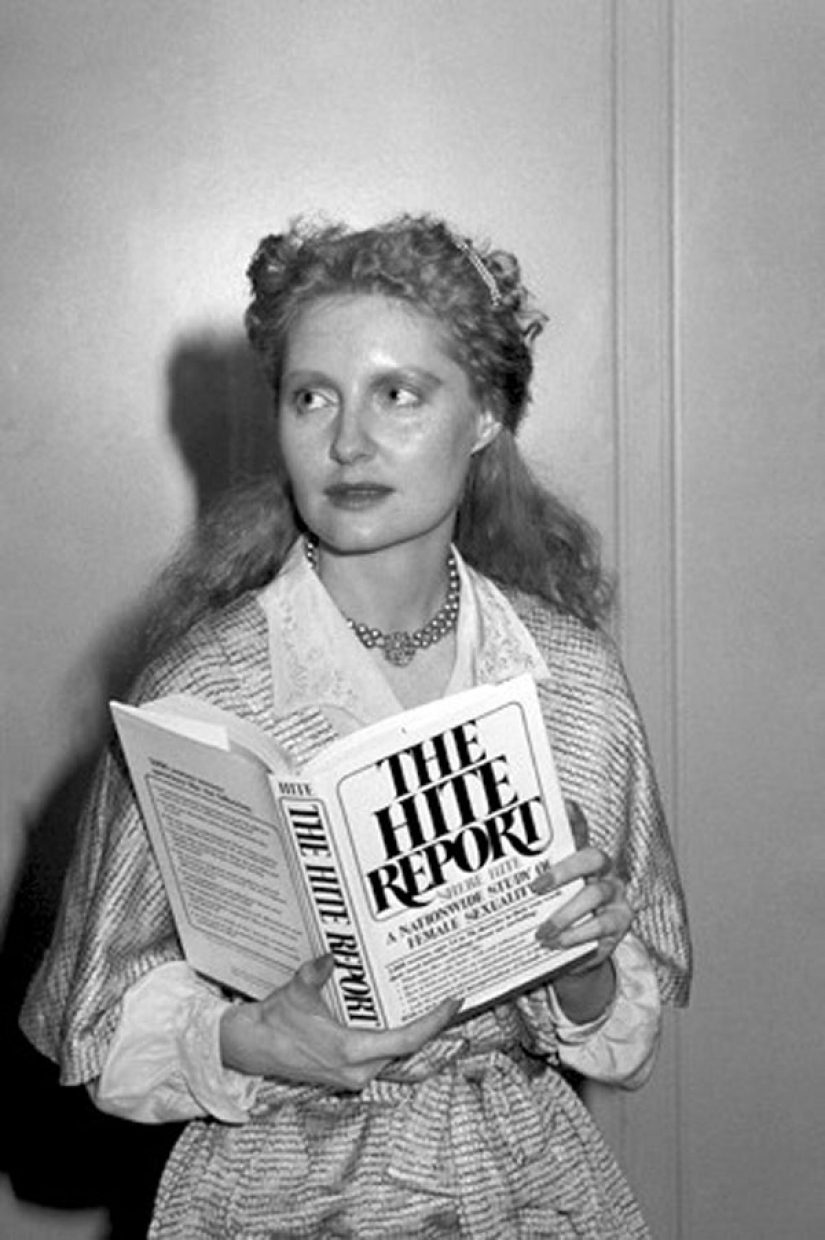
As a Columbia University student studying social history, Cher Hite spent five years interviewing 3,000 women. She asked them to describe their sexual habits, starting with the sensations during orgasm and ending with sexual frustrations. In 1976, she published a 600-page book called The Hite Report, where she described her observations and conclusions. In it, Hite revealed the fact that 70 percent of women cannot reach orgasm during sexual intercourse, but almost all achieve it during masturbation.
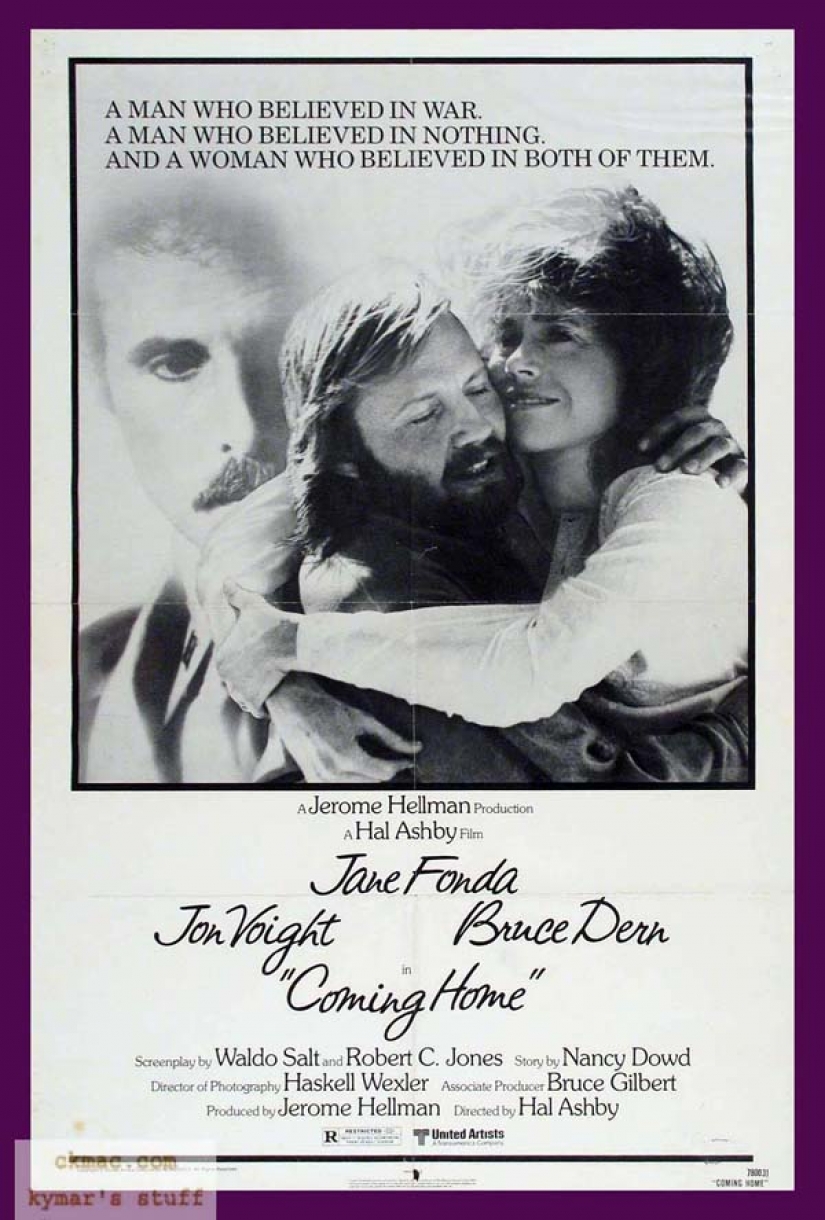
Quite unexpectedly, the first female orgasm from oral sex was shown in a film about the Vietnam War. This happened in 1978, when the film "Homecoming" was released, starring Jane Fonda and Jon Voight. In the scandalous scene, the heroine of the actress Jane Fonda, a politically active girl who found herself inside a love triangle, took part. And the Foundation itself has long been a defender of women's sexual rights.

The predecessor of the film "Sex in Another City", which describes lesbian relationships, was the film "Restless Hearts". It tells the story of two women who fell in love in the 1950s. For many years, the topic of homosexuality was banned in the cinema, but the 1970s and 1980s saw a breakthrough in this area. In 1985, a film was made where lesbian love scenes were first shown on screen. The low-budget film made a splash. He won a special jury prize at the Sundance Festival. After such success, the topic of lesbian relationships began to be raised in many Hollywood films..

If you choose one person who has the credit for transforming pop culture into a sexual force, then surely that person would be Madonna. In 1990, the young pop star went on the Blonde Ambition tour. At one performance, titled "Like a Virgin," she performed a masturbation act in front of thousands of fans. Dressed in the famous corselet with a cone-shaped sconce, she writhed eloquently on the bed covered with a red satin coverlet. Madonna has always been bold in this regard. Even today, she continues to inspire people for sexual freedom, keeping her sexuality in the spotlight.

In 2008, Newsweek magazine ran an article about lubricants and vibrators that suburban retailers simply swept off the shelves. What was the reason for such a large demand for these products? There can only be one answer to this: the TV series Sex and the City. The show, which ran for six seasons on HBO, also airs on TBS. It was something of an aphrodisiac for people all over the world. This is the first series where the topic of sex comes to the fore.
Keywords: Chicago | Women | Television | Sexuality | Society | Sex | Health | Evolution | Rights
Post News ArticleRecent articles

This kotmadam not sorry neither forces, nor means to that beloved furry face was happy. In Switzerland, the cats are so sensitive ...

What comes to mind when you mention St. Petersburg? Naturally, the unique architecture, the dank weather and the culture that this ...
Related articles

Most women love to go shopping and shopping in boutiques. For some, shopping turns into a real addiction that you need to fight. ...

What do we women have to endure in the name of fashion? What sacrifices we are not forced to make to look beautiful, modern and ...

Seals rule the world, didn't you know? The opinion has long been in the past that cats are individualistic animals and should live ...

From the outside it seems that success comes easily. But in fact, behind it there is usually hard work, many failures and, often, ...